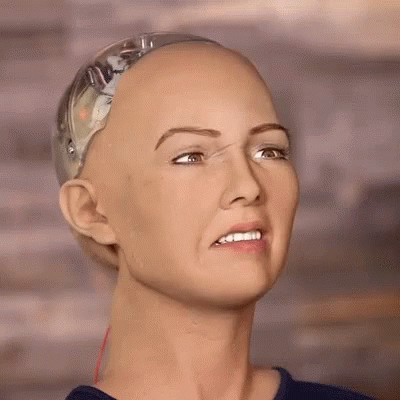Artificial Intelligence
AI Sciences
Artificial Intelligence is a set of different Sciences
- Weak or Narrow AI
- Machine Learning (ML)
- Neural Networks (NN)
- Deep Learning (DL)
- Big Data
AI Sientists
AI Scientists build software with algorithms that can do tasks that normally require human intelligence.
AI Sientists can be experts in multiple AI disciplines:
- Applied mathematics
- Computational statistics
- Computer Science
- Machine learning
- Deep learning
Some AI Scientists also have significant big data experience:
- Business Inteligence
- Data Base Design
- Data Warehouse Design
- Data Mining
- SQL Queries
- SQL Reporting
Weak AI
Weak Artificial Intelligence is limited to specific or narrow areas like most of the AI we have around us today:
- Search Engines
- Apple's Siri
- Microsoft's Cortana
- Amazon's Alexa
- IBM's Watson
Weak AI is also called Narrow AI.
Weak AI simulates human cognition in contrast to Strong AI that have human cognition.
Strong AI
Strong Artificial Intelligence is the type of AI that mimics to human intelligence.
Strong AI indicates the ability to think, plan, learn, and communicate.
Strong AI is the theoretical next level of AI, also called True Intelligence.
Machine Learning (ML)
Classical programming uses programs to create results:
Traditional Computing
Data + Computer Program = Result
Machine Learning uses results to create programs (algorithms):
Machine Learning
Data + Result = Computer Program
"Machine Learning is a field of study that gives computers the ability to learn without being programmed."
Arthur Samuel (1959)
Neural Networks (NN)
One of the most significant discoveries in history is the power of Neural Networks (NN).
In Neural Networks, many layers of data called Neurons are added together or stacked on top of each other to compute new levels of data.
Commonly used short names:
- DNN Deep Neural Network
- CNN Convolutional Neural Network
- RNN Recurrent Neural Network
Deep Learning (DL)
Deep Learning are algorithms that use Neural Networks to extract higher-level data.
Each successive layer uses the preceding layer as input.
For instance, optical reading uses low layers to identify edges, and higher layers to identify letters.
Deep Learning has two phases:
1. Training: Input data are used to calculate the parameters of the model.
2. Inference: The "trained" model outputs data from any given input.
The Deep Learning Revolution
The deep learning revolution is here!
The deep learning revolution started around 2010. Since then, Deep Learning has been used to solve many "unsolvable" problems.
Examples
Convolutional Neural Networks (CNNs)
Deep CNNs such as ResNeta and Inception have reduced the error rate in the ImageNet classification from 25% in 2011 to 5% in 2017.
ImageNet is an image database organized according to the WordNet hierarchy, in which each node of the hierarchy contains hundreds and thousands of images. ImageNet is a useful resource for researchers, educators, students and everyone else with a passion for pictures.
WordNet is a lexical database of semantic relations between words in 200+ languages. It is organized as a combination of a dictionary and thesaurus, linking words together into semantic relations using synonyms, hyponyms, and meronyms.
Recurrent Neural Networks (RNNs)
RNNs are helping create music scores and novel instrument sounds:
https://magenta.tensorflow.org/demos.
History of AI
| 1950 | Alan Turing publishes "Computing Machinery and Intelligence" |
| 1956 | AI first mentioned by John McCarthy in an academic conference |
| 1957 | First programming language for numeric and scientific computing (FORTRAN) |
| 1958 | First AI programming language (Lisp) |
| 1959 | Arthur Samuel used the term "Machine Learning" |
| 1961 | First industrial robot (Unimate) on the assembly line at General Motors. |
| 1965 | ELIZA by Joseph Weizenbaum was the first interactive program that could communicate on any topic |
| 1972 | First logic programming language (PROLOG) |
| 1997 | Deep Blue (IBM) beats the world champion in chess |
| 2002 | The first robot cleaner (Roomba) |
| 2005 | Self-driving car (STANLEY) wins DARPA |
| 2008 | Breakthrough in speech recognition (Google) |
| 2011 | A neural network wins over humans in traffic sign recognition (99.46% vs 99.22%) |
| 2011 | Apple Siri |
| 2011 | Watson (IBM) wins Jeopardy! |
| 2014 | Amazon Alexa |
| 2014 | Microsoft Cortana |
| 2014 | Self-driving car (Google) passes a state driving test |
| 2015 | Google AlphaGo defeated various human champions in the board game Go |
| 2016 | The human robot Sofia by Hanson Robotics |

